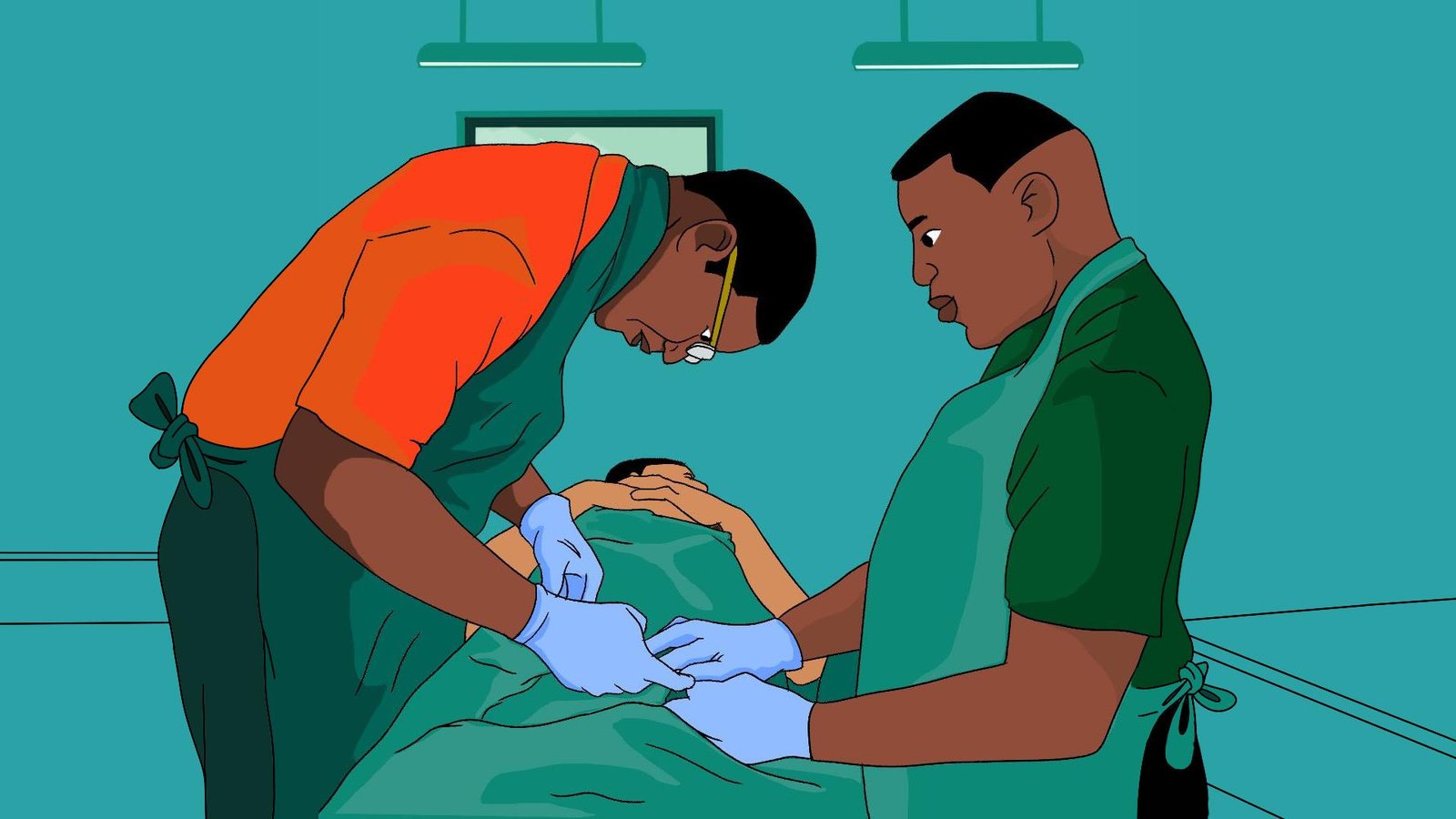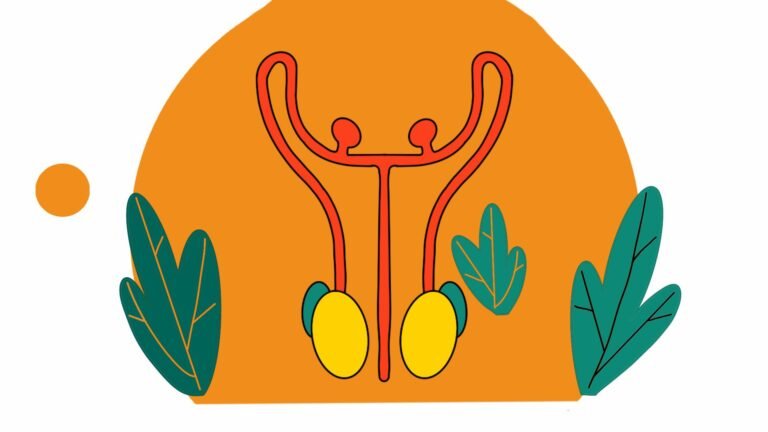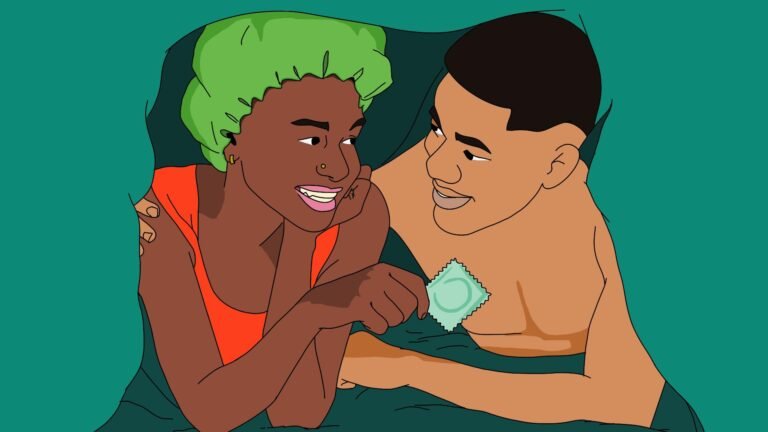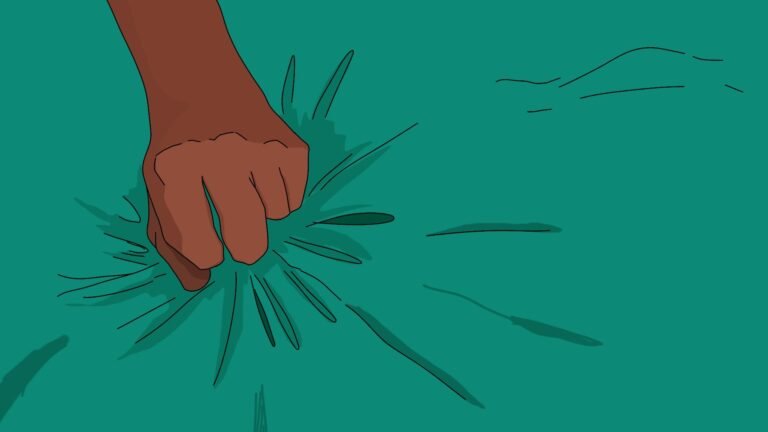
Male Circumcision
What is circumcision?
Circumcision is the surgical removal of the foreskin, which is the skin covering the tip of the penis. It’s common in the United States and parts of Africa and the Middle East but less common in Europe and some countries, according to recent estimates.
Why do people do it?
The procedure is typically done on a newborn for personal or religious reasons. Circumcision in older children and adults may also be done for the same reasons. Additionally, older children or adults may need circumcision to treat several conditions, including:
- Balanitis (swelling of the foreskin)
- Balanoposthitis (inflammation of the tip and foreskin of the penis)
- Paraphimosis (inability to return a retracted foreskin to its original position)
- Phimosis (inability to retract the foreskin)
In healthy newborns, there is no medical need for circumcision. However, families may choose to have their sons circumcised for a number of reasons. One of the most common reasons is religious tradition. The religious laws of both Judaism and Islam require that newborn boys be circumcised. Other reasons to circumcise include:
- Personal choice
- Aesthetic preference
- Resulting lowered risk of some conditions
- Desire of some fathers to have their sons look like them
In Ghanaian traditional culture there is a dedicated elder who is skilled in performing this procedure. The “wanzam” typically performs this procedure after the eight day of life. In more recent times Ghanaians are delegating this duty to midwives, nurses and doctors skilled in performing the procedure. In Judaism, the ritual circumcision is called a brit milah and is typically performed as part of a religious ceremony at home or in a synagogue, although it is sometimes performed in a hospital.
It is performed by a mohel, who has received religious and surgical training to perform ritual circumcision. The procedure is almost always done when the baby boy is eight days old. In Islamic culture, the ritual circumcision is called khitan. In some parts of the Islamic world, the procedure is performed as part of a religious ceremony. In other parts, it’s done in a hospital setting. In most Islamic countries, the khitan is performed in infancy, but it may be done when a boy enters puberty.
Pros of circumcision
- Decreases risk of urinary tract infections in infancy
- Likely decreases risk of penile cancer, though this cancer is rare and becoming rarer for reasons that appear to be unrelated to circumcision
- Decreases risk of sexually transmitted diseases, including female-to-male transmission of HIV
- Decreases risk of cervical cancer and some infections in female partners
- Prevents balanitis, balanoposthitis, paraphimosis, and phimosis
- Makes it easier to maintain good genital hygiene
Cons of circumcision
- May be seen as disfigurement by some
- May cause pain, although safe and effective medications are administered to reduce pain
- Has few immediate health benefits
- May cause rare complications, including cutting the foreskin too long or too short, poor healing, bleeding, or infection






